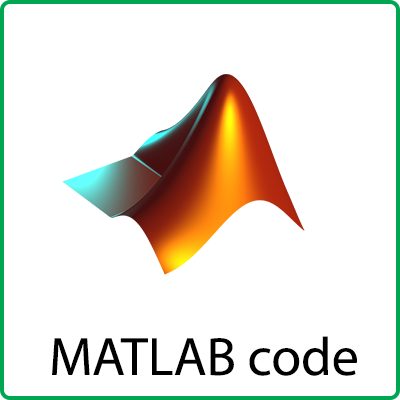Description
Deep learning can also be called representation learning because the features or representations in the model are learned during training. The visual features generated during the training process in the hidden layers can be used for computing a distance metric. These models learn how to detect edges, patterns, and so on at various layers, depending on the classification task. In this chapter, we will look at the following:
- How to extract features from a model that was trained for classification
- How to use TensorFlow Serving for faster inference in production systems
- How to compute similarity between a query image and the set of targets using those features
- Using the classification model for ranking
- How to increase the speed of the retrieval system
- Looking at the architecture of the system as a whole
- Learning a compact descriptor when the target images are too many, using autoencoder
- Training a denoising autoencoder
Training an autoencoder via conjugate gradients with a L2 reconstruction



Reviews
There are no reviews yet.